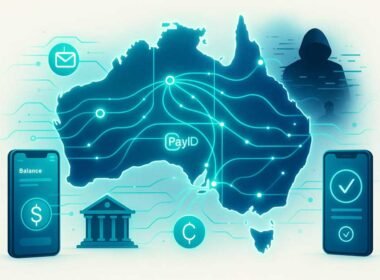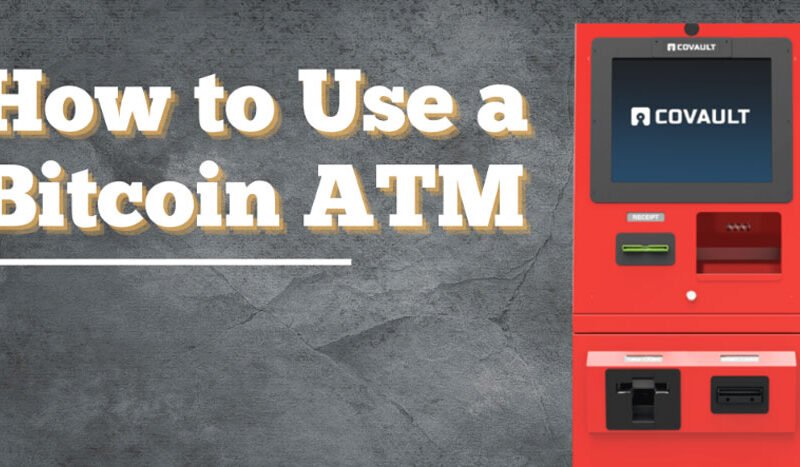Understanding the Role of Short-Term Credit
In today’s fast-paced financial landscape, many individuals face temporary cash flow issues. Whether it’s an unexpected medical bill, a necessary car repair, or a delayed paycheck, short-term credit can be a valuable tool when used correctly. However, without a proper understanding of how such loans work, borrowers can fall into cycles of debt that are difficult to escape.
Short-term loans, often used for their quick approval and minimal paperwork, can be beneficial in emergencies. Still, not all short-term credit is created equal. The key lies in identifying options that not only offer convenience but also promote financial health in the long run.
Why Borrowing Smartly Matters
Unfortunately, many traditional payday loans are structured in a way that can harm consumers more than help them. These high-interest, lump-sum repayment loans often leave borrowers trapped, rolling over debt repeatedly just to stay afloat. What’s needed is a shift in how short-term borrowing is approached—one that encourages more responsible short-term financing and empowers consumers to make informed decisions.
Responsible lenders now offer alternatives that include longer repayment terms, lower interest rates, and even credit reporting to help build a borrower’s financial reputation. These options still provide quick access to cash but without the predatory traps. By considering these alternatives, individuals can resolve immediate issues while laying the groundwork for better credit health.
Evaluating Needs Before Borrowing
One of the most important steps before seeking any loan is to evaluate the true urgency and necessity of the expense. Is it a critical repair or medical bill that can’t wait? Or is it a want rather than a need? Distinguishing between the two helps prevent unnecessary borrowing, saving money in interest payments and reducing overall stress.
Creating a short-term budget can also shed light on whether the expense can be absorbed with minor adjustments. Sometimes, a few days of frugality—cutting out discretionary spending, borrowing from a friend or family member, or using savings—can be more effective than taking out a loan.
Comparing Financial Products Thoughtfully
The financial marketplace now includes a wide range of short-term lending products. From installment loans to credit-builder loans and small personal lines of credit, consumers have choices that didn’t exist a decade ago. Rather than rushing into the first available option, it’s crucial to compare terms such as APR (annual percentage rate), repayment length, fees, and impact on credit.
Some financial providers emphasize education and transparency, helping customers understand the full cost of borrowing before signing an agreement. These lenders often promote more responsible short-term financing as part of their mission—aligning business success with consumer well-being.
Building a Safety Net for Future Emergencies
While responsible borrowing is essential, the ultimate goal should be reducing the need for borrowing at all. Establishing an emergency fund—even a modest one—can make a major difference. Financial experts often recommend setting aside at least three to six months’ worth of expenses. But even starting with a few hundred dollars can provide a cushion that prevents debt down the line.
One practical approach is automating small transfers from each paycheck into a separate savings account. Over time, this builds up quietly and reduces the temptation to dip into it for non-emergencies.
Understanding Credit Impact and Improvement
Borrowing affects credit scores, which in turn influence future financial opportunities. A positive borrowing experience—such as timely repayment of an installment loan—can improve one’s credit profile. In contrast, defaulting on a payday loan or failing to meet due dates can have lasting negative effects.
More responsible lenders report to credit bureaus, which benefits the borrower when payments are made consistently. Over time, this can help unlock access to better financial products such as lower-interest credit cards, auto loans, or even mortgages.
Educating Yourself and Seeking Guidance
The world of personal finance can be complex and intimidating, especially for individuals who’ve had bad experiences in the past. But knowledge truly is power. Many communities offer free or low-cost resources, including financial literacy courses, credit counseling, and budgeting workshops.
Additionally, customer-first lenders often provide educational tools directly through their platforms—calculators, articles, and even one-on-one support—to help users make smart borrowing decisions.
Red Flags to Watch Out For
When evaluating a lender, it’s wise to be on the lookout for warning signs: hidden fees, unclear repayment terms, lack of transparency about interest rates, or no credit reporting. These can signal a predatory lender whose primary aim is to profit off consumer desperation.
Conversely, reputable lenders will clearly outline all terms, give you time to review agreements, and provide responsive customer service. They’ll also offer realistic repayment plans and ensure that you’re not borrowing more than you can reasonably afford to pay back.
The Big Picture: Financial Health Over Quick Fixes
Short-term borrowing should always be a carefully considered choice, not a reflexive response to stress. When treated responsibly and used with a clear plan for repayment, short-term loans can bridge gaps and offer peace of mind. But without caution, they can easily become burdensome.
By prioritizing more responsible short-term financing, budgeting effectively, and building a financial buffer, individuals can take back control of their financial future. The road to stability doesn’t require perfection—just thoughtful, informed choices and steady progress over time.
Conclusion
Managing your finances in today’s world requires both flexibility and discipline. While emergencies are unavoidable, they don’t have to derail your future. Smart borrowing habits, combined with careful planning and access to responsible lenders, can help you navigate life’s challenges without falling into cycles of debt.
It starts with understanding your options, recognizing red flags, and choosing a financial path that supports—not undermines—your goals. That’s the real power of financial literacy and informed decision-making.










